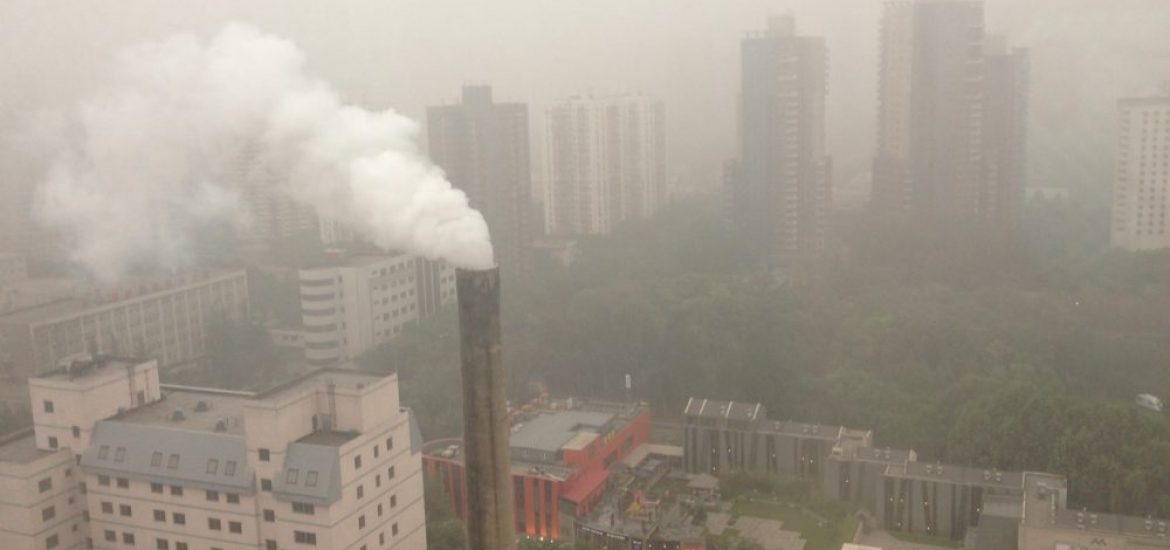
Atmospheric greenhouse gas levels reached a record high last year, according to the World Meteorological Organisation (the WMO).
Carbon dioxide levels reached 408 parts per million (ppm) during 2018, up from 406 ppm in 2017, the agency said.
That is well above the 280 ppm seen before the industrial revolution when large-scale burning of fossil fuels began to drive up carbon dioxide in the atmosphere.
Methane and nitrous oxide levels were also rising, it said, based on Global Atmosphere Watch Network research.
Approximately 60 per cent of methane emissions and 40 per cent of nitrous-oxide output could be linked to human activities, according to the WMO.
The rise is close to that seen between 2016 and 2017 and higher than the annual average over the preceding decade. The increase continues a long-term trend set to drive increasingly severe impacts of climate change, the WMO said.
Concentrations of other climate-warming greenhouse gases methane and nitrous oxide also surged by higher amounts in 2018 than in the past decade, the observations from the global atmosphere watch network show.
“There is no sign of a slowdown, let alone a decline, in greenhouse gases concentration in the atmosphere despite all the commitments under the Paris agreement on climate change,” said WMO secretary-general Petteri Taalas.
The 197-nation 2015 Paris agreement called for limiting global warming to “well under” 2°C and “pursuing efforts” to keep warming to 1.5°C.
Taalas said the last time the Earth saw similar concentrations of carbon in the atmosphere was 3-5 million years ago when temperatures were 2-3°C warmer and sea levels were an estimated 10-20 metres higher than today.
“We need to translate the commitments into action and increase the level of ambition for the sake of the future welfare of mankind,” Taalas added.
The planet has already warmed by 1.8°C since the late 1800s, melting polar ice caps, triggering extreme weather and changing ocean chemistry.
Meanwhile, over the 18 months leading to June this year, Chinese coal-burning capacity rose by 42.9 gigawatts, despite China’s promises to abide by the 2015 Paris climate agreement.
Scientists predict that by the end of the 21st century, on current trends, temperatures will increase by several degrees and ocean levels rise by about 1 metre.
Beijing. Picture credit: Flickr





